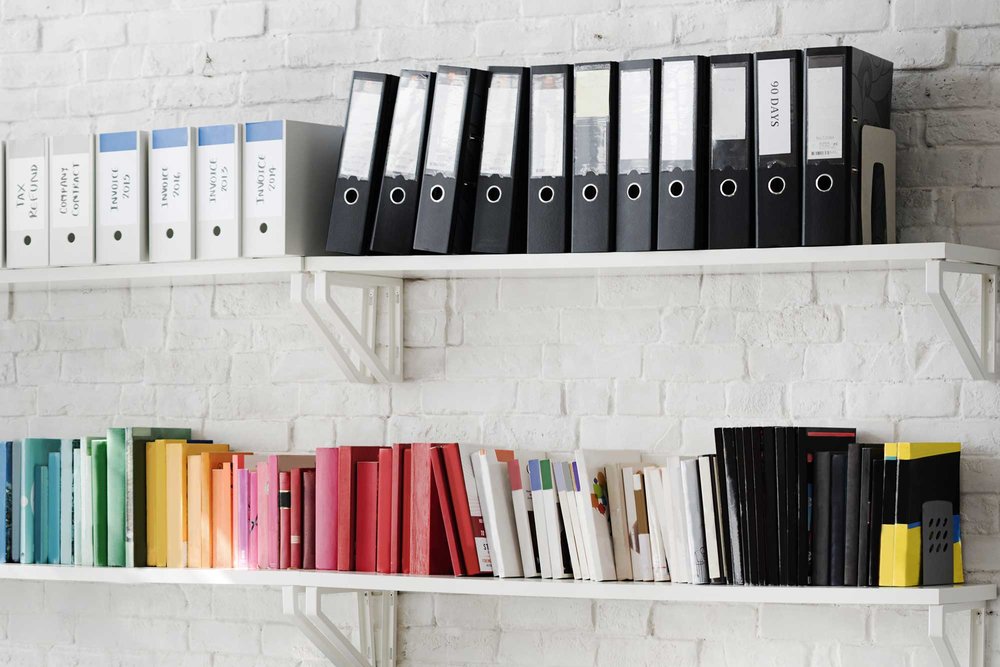Is there anything I can do to save on accounting fees?
There are many ways a business can lessen their accounting expenses. The majority relate to how bookkeeping information is submitted to be completed. Most are familiar with the “shoebox” reference, where a client drops off a shoebox full of a year’s worth of documentation, receipts, and paperwork. This needs to be sorted and organized before starting the financial process.
Of course, we are happy to organize and sort this paperwork; however, it may not be the best way to spend your business budget or honour your bookkeeper’s time and skills. Below are some easy ideas that can drastically reduce the time it takes to complete bookkeeping services:
1. Provide a monthly statement for each credit card and bank account that is in the corporation’s name.
• Online banking transaction records are acceptable, although, certain banks do not provide a running balance on these. This means your accountant is unable to confirm and verify the balance at year end, which is an essential component required for year end completion.
• Note that .xls or .csv and additional spreadsheet files are not sufficient accounting documentation. These files can be changed by anyone who is accessing the file at any time. If you choose to download your online banking statements, be sure it is a real statement in PDF form.
2. Make a file folder or an envelope for every month of the corporation’s fiscal year.
• In each folder or envelope, place all credit card and bank statements for the month as well as any invoices issued to clients and all receipts for any expenses purchased during that month.
3. Break down expense receipts into your company’s most often used categories. Common examples include:
• Vehicle and Fuel expenses including parking fees, repairs, maintenance, car washes, and gas receipts.
• Office Supplies including printer ink, paper, and other consumables.
• Advertising and Meals. Note, this category is tightly scrutinized by CRA. Meal receipts should have the person’s name whom you were meeting with and why.
• Meal receipts for one person are harder to justify unless you are travelling for business. There is no specific amount allowed for this category, however, our Kelowna bookkeeping team can give you some guidelines.
• Supplies and Tools
• Construction Trades and subcontractor payments
4. Only pay business expenses from your business accounts.
5. Only pay personal expenses from your personal accounts.
• If your business doesn’t have a qualified credit card with an adequate credit limit, you may have to use your personal cards to make purchases. In this case, try using dedicating one personal account for business transactions. This reduces the number of transactions and can help you account for these expenses properly.
6. E-transfers are being utilized more due to their ease and fast payment capabilities. Here are some steps to help ensure that these kinds of transactions won’t cause additional work for your accountant or bookkeeper:
• Print the confirmation page when an E-transfer is sent and make a note detailing who it was sent to and which invoice or service is being paid.
• When you receive an E-transfer, print the confirmation page with notes of what is being paid and who it is from. Include the invoice number and indicate if you are receiving partial payment.
• The majority of banks are creating an E-transfer summary to cover a certain period. This can be printed on a monthly or annual basis. Include these summaries in the information you submit.
• Alternatively, an easy spreadsheet can be made to record the E-transfer that was sent/received, the sender or recipient, the date, and the amount along with a note regarding what is being paid.

